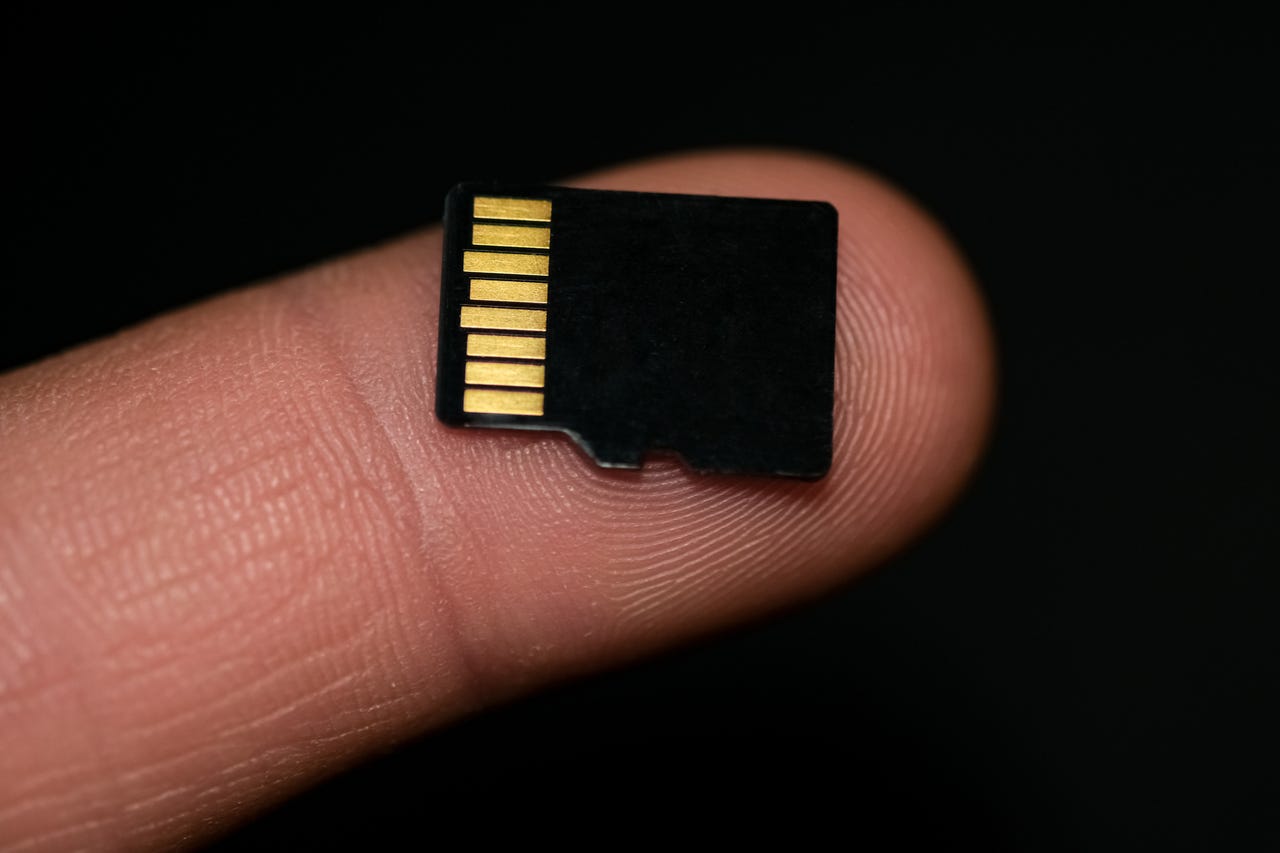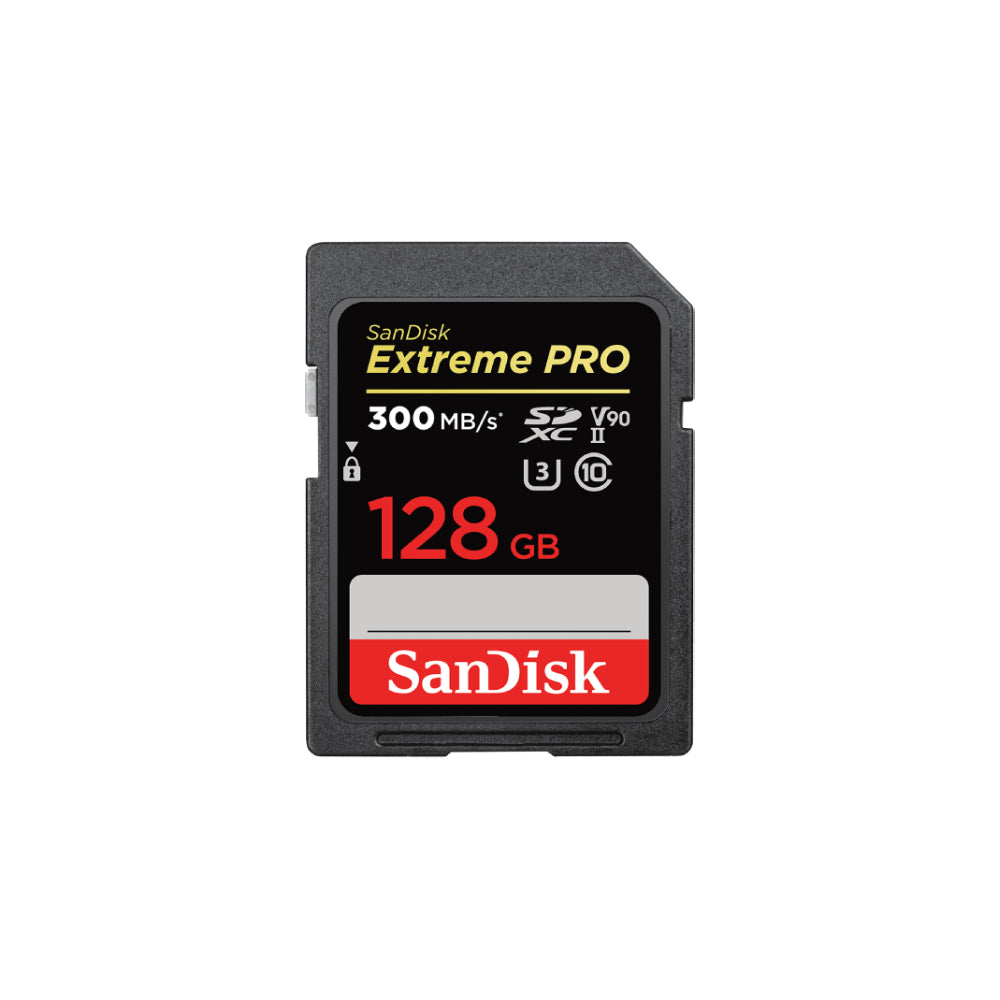Introduction to Data Recovery
Data recovery is an essential skill for anyone who relies on digital storage. By definition, it’s the process of retrieving inaccessible, lost, corrupted, damaged, or formatted data from secondary storage, removable media, or files when the data stored in them cannot be accessed in a normal way. It’s a lifeline when you’re facing the unthinkable – a dead hard drive with all your important data.
Whether you’re a business professional with vital files on your laptop, a student with a term paper due tomorrow, or a photographer with thousands of irreplaceable photos, learning how to recover data from a dead hard drive is a skill you can’t afford to be without. In this article, we will delve deep into the world of data recovery, arming you with the knowledge to master this crucial task.
Advancements in technology have made the data recovery process more accessible than ever. With the right tools and techniques, you can often recover data from a dead hard drive on your own. But it’s not always straightforward. Understanding the complexities of data recovery can help you approach the task with confidence and increase your chances of success.

The Importance of Data Recovery
In our digital age, data is one of our most valuable assets. We store everything from business documents to personal photos on our devices. When a hard drive dies, the potential loss of data can be devastating. This is where data recovery comes into play.
Data recovery is not just about getting back lost files; it’s about restoring peace of mind. It’s about knowing that even when technology fails, there’s a way to reclaim what was lost. That’s the true importance of data recovery – it’s a safety net when all else fails.
Moreover, for businesses, data recovery can mean the difference between continuity and collapse. A company’s data is its lifeblood. Losing access to this information can cripple operations, damage reputation, and even lead to financial ruin. Data recovery provides a lifeline, allowing businesses to retrieve vital data and get back on track.
Understanding Hard Drive Failure
Before we delve into the steps of data recovery, it’s crucial to understand why hard drives fail. Hard drive failure can occur for several reasons, including physical damage, software corruption, or even simple wear and tear over time.
Physical damage can be anything from a drop or a spill to overheating or a power surge. Software corruption, on the other hand, can occur due to viruses, malware, or even improper shutdowns. Then there’s the inevitable aging of the hard drive. Like any mechanical device, hard drives have a limited lifespan.
Understanding the cause of your hard drive failure can help you determine the best course of action for data recovery. Not all methods will work for all types of failure, so having this knowledge at your disposal is key.
Signs of a Dead External Hard Drive
Recognizing the signs of a failing hard drive can save you a lot of stress and potentially prevent data loss. Some of the most common symptoms include frequent freezes or crashes, unusually slow performance, files or folders disappearing, and strange noises coming from the hard drive.
If your computer is unable to recognize the external hard drive, that’s another clear sign that it’s dead or dying. Another red flag is if your computer recognizes the hard drive but can’t access the files.
In any case, these signs should be taken seriously. If you notice any of them, it’s time to back up your data immediately (if you can) and start the data recovery process.
Steps to Retrieve Data from a Dead External Hard Drive
Data recovery from a dead hard drive can be a daunting task. But with careful steps and the right tools, it’s often possible to retrieve your lost data. The first step is to stop using the hard drive immediately to prevent further damage or data loss.
Next, you’ll need to prepare your workspace. Make sure you have a clean, dust-free environment to work in. You’ll also need a good set of tools, which we’ll discuss in the next section.
Once you’re ready to begin, you can attempt to recover the data using specialized software. If that doesn’t work, or if the hard drive is physically damaged, you may need to seek professional help.
Tools Needed for Data Recovery
The tools you’ll need for data recovery depend on the cause of the hard drive failure. If it’s a software issue, you may be able to recover your data with just your computer and a good data recovery software. If it’s a physical problem, you’ll need more specialized tools.
At a minimum, you’ll need a screwdriver set to open the hard drive case if necessary. You may also need an external hard drive enclosure or a SATA to USB adapter to connect the hard drive to another computer.
One of the most important tools, however, is a good data recovery software. This brings us to the next section.
Data Recovery Software Options
There are several data recovery software options available, but one stands out from the rest: RecoveryMaster. It’s the best data recovery software for Windows and Mac.
RecoveryMaster can recover lost or deleted photos, videos, and other 1000+ files from various devices like HDD, USB, SD Card, and crashed computers. It’s user-friendly and highly effective, making it an excellent choice for both professionals and beginners.
Tips for Successful Data Recovery
Successful data recovery often depends on acting quickly and carefully. As soon as you notice signs of hard drive failure, stop using the device to prevent further data loss.
Use quality tools and software for the recovery process. As mentioned earlier, RecoveryMaster is a top-notch choice for data recovery software. It’s easy to use and can recover a wide range of file types.
Finally, don’t panic. Data recovery can be stressful, but it’s important to stay calm and methodical. Rushing or making hasty decisions can lead to further data loss.
When to Seek Professional Help for Data Recovery
While it’s often possible to recover data from a dead hard drive on your own, there are times when professional help is necessary. If the hard drive is physically damaged or if your attempts at data recovery have been unsuccessful, it’s time to call in the experts.
Professional data recovery services have specialized tools and in-depth knowledge that can increase the chances of successful data recovery. They can handle complex cases and often recover data that would be otherwise lost.
However, professional services can be costly, so it’s worth trying to recover the data on your own first. Just remember, if you’re unsure or uncomfortable with the process, it’s always better to seek professional help.
Conclusion: Mastering Data Recovery
Mastering data recovery is a valuable skill in today’s digital world. Whether you’re dealing with a dead external hard drive or simply want to be prepared for the unexpected, understanding the steps and tools needed for data recovery can give you peace of mind.
Remember, the key to successful data recovery is acting quickly, using quality tools like RecoveryMaster, and knowing when to seek professional help. With these tips in mind, you’ll be well-equipped to handle any data loss situation.
So, are you ready to master data recovery? Start with RecoveryMaster, the best data recovery software for Windows and Mac. It’s your first line of defense against data loss. Don’t wait for disaster to strike. Equip yourself with RecoveryMaster today.




Leave a Reply